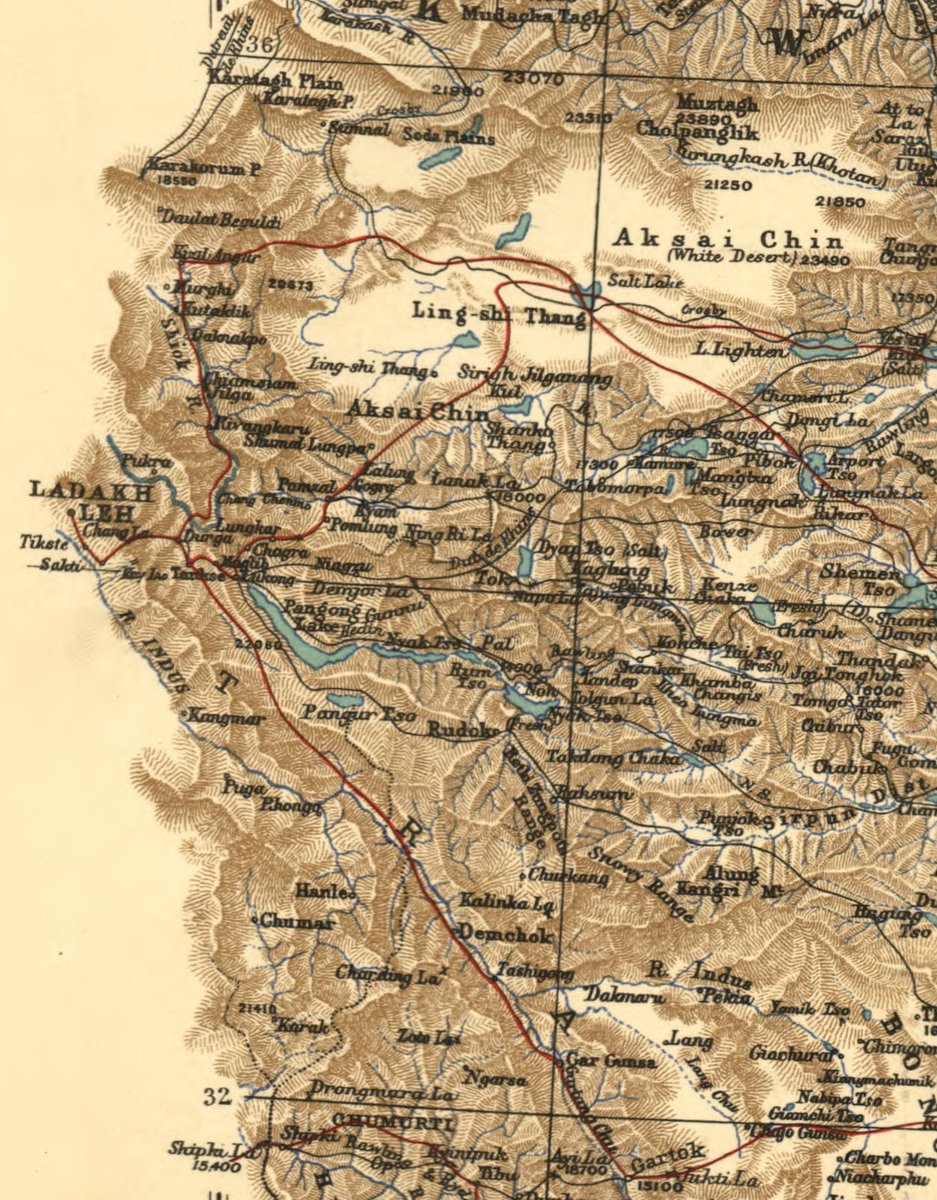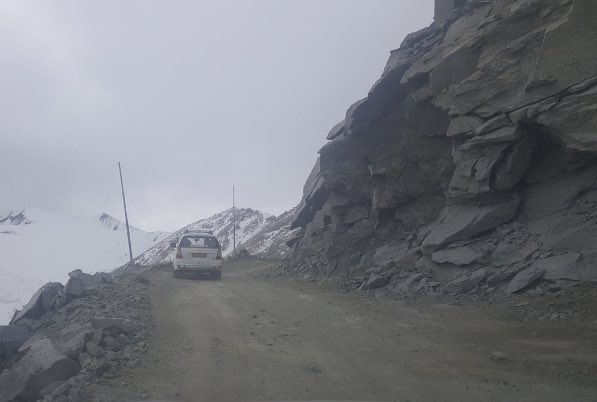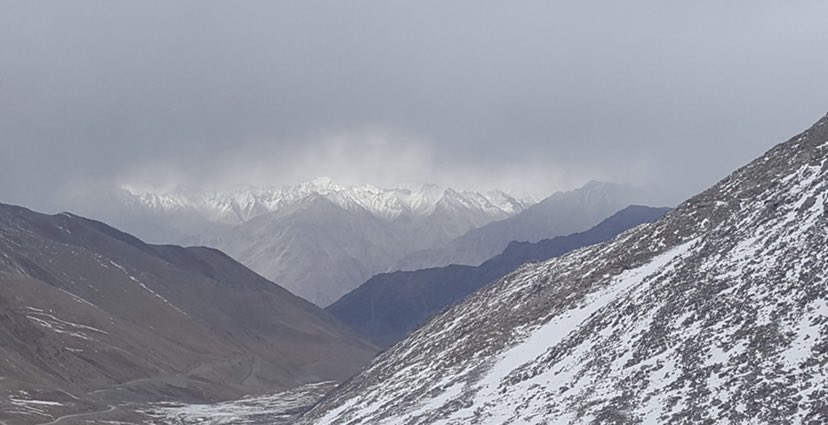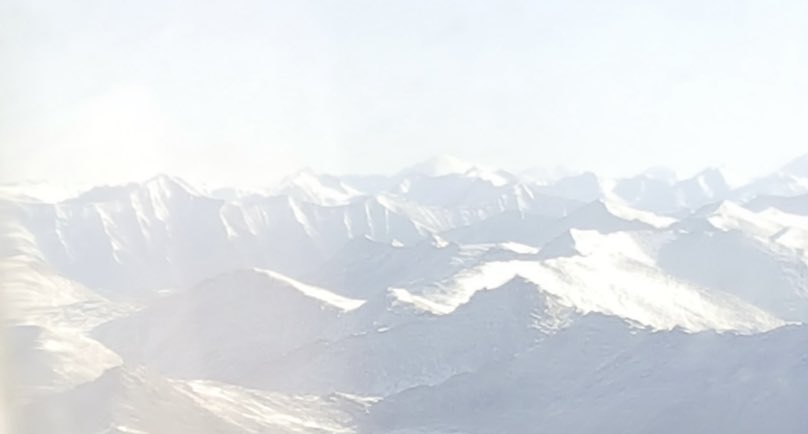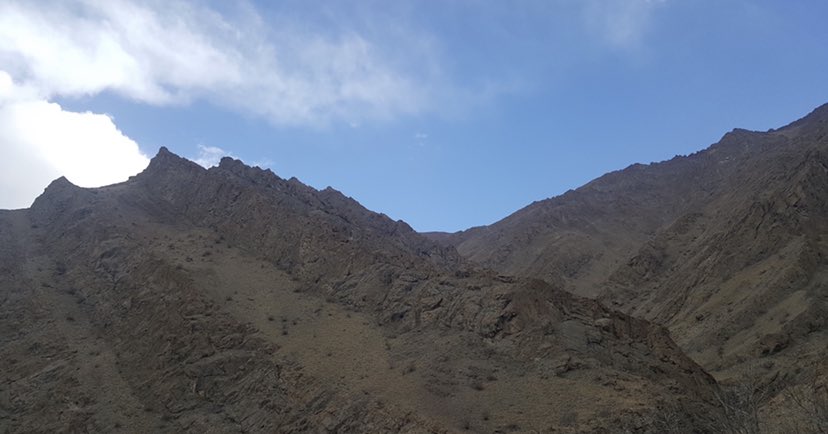Because large sections of border region are closed to the press and public, only 3 real sources: One is the Indian military and gov't (who brief the Indian media). Second is the PLA and Chinese officials, disseminated via PRC media. 2/18
I. The western sector in Jammu & Kashmir is least clearly demarcated. Frequent flashpoints include (N to S):
a. Daulet Beg Oldi/Depsang Plain/Chip Chap River
b. Galwan River
c. Kongka La
d. Pangong Lake area
e. Demchok
f. Chumar
Demchok and Chumar have also seen prolonged stand-offs recently including in 2014. 6/18
This relates to the matter of trijunctions, as was apparent during the Doklam stand-off of 2017 and the India-Nepal Kalapani dispute. But conceivably also relates to Myanmar, Pakistan, and Afghanistan (given Indian claims). 11/18
This simple question is complicated by the fact that the LAC is ambiguous in several areas, with differing Chinese and Indian perceptions. Protocols had been established to address this. 13
They include:
a. Customary (historical) claims
b. The watershed principle
c. Prior treaties and agreements
A further complication: inexact surveying and treaty maps from the 19th & early 20th centuries. 14
This was the case during the 2013 Depsang stand-off. It also featured in the 2017 Doklam stand-off. 16/18

